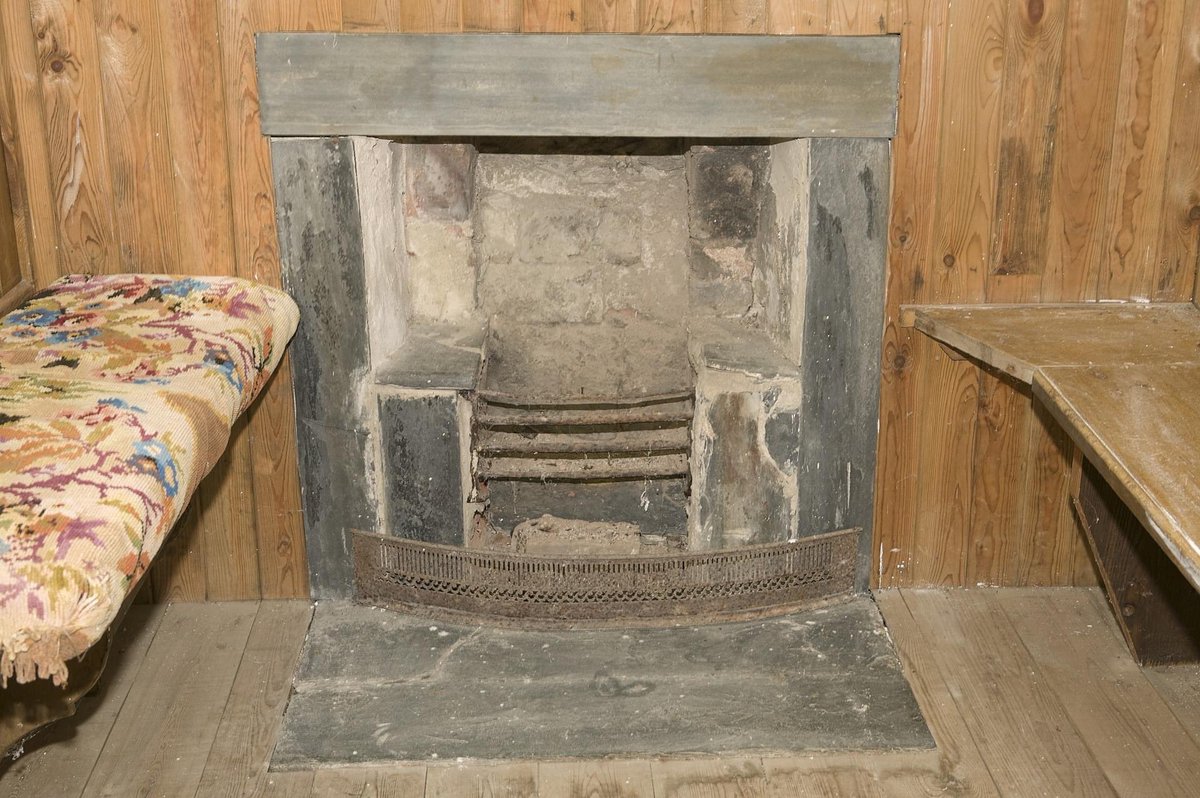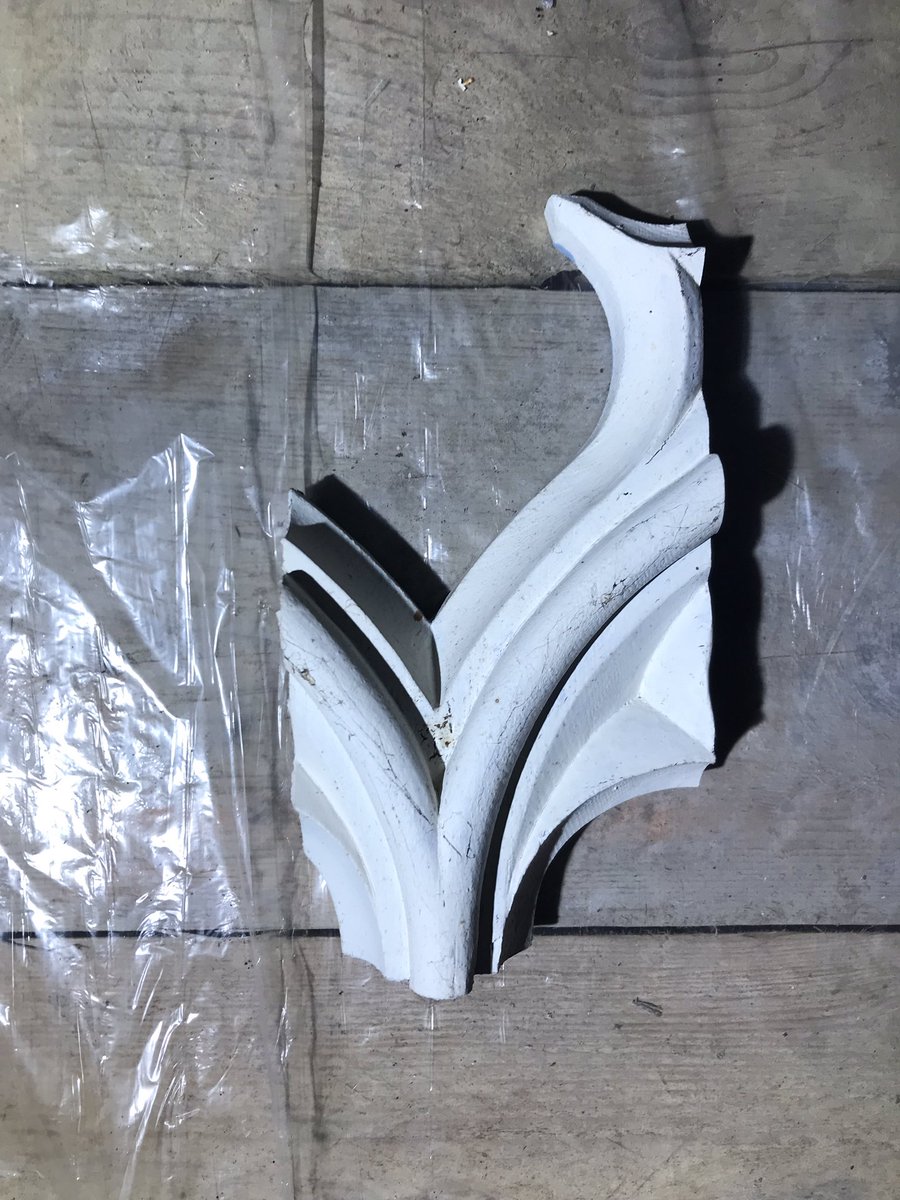
At an inn near Rhoscrowther in the 1980s, a culm fire was said to have burned continuously for 300 years.
Culm fires once warmed houses all across south Pembrokeshire and it was said that if a fire went out, it would bring bad luck.
#FolkloreThursday
📷 St David's, Manordeifi
Culm fires once warmed houses all across south Pembrokeshire and it was said that if a fire went out, it would bring bad luck.
#FolkloreThursday
📷 St David's, Manordeifi

Culm - the refuse dust from stone coal (anthracite) - was mixed with local clay or mud and formed into oblong balls 'about the bigness of a man's fist'. Wet balls were then piled into a deep grate in a pyramid shape. They made a fierce fire with no smoke but a sulphurous smell.
'A fire made of this compost in the morning will often last for a whole day without being renewed or stirred: the fires are covered over at night with a stumming of the same material, on which they feed, and in the morning require only to be stirred for instant service.' (1849)
Culm was a valuable commodity. The Earl of Cawdor (whose arms emblazon the chancel floor of St Michael and All Angels', Castlemartin) gave out mining leases for culm as well as coal. 

Hardy native Pembroke and Castlemartin cattle were used to convey coal and culm to market, and those desirable coal-black oxen were sold along with their burden. 

Some homes had fires that had been burning for generations. It was said that the flame of a culm fire was never allowed to go out, or bad luck would ensue ... but if the worst happened, fire could be 'borrowed' from a neighbour.
I wonder — as I think about the chimney of St Decuman's, Rhoscrowther and the private box pew fireplaces at St David's, Manordeifi — did culm fires once warm the congregations there too? 

• • •
Missing some Tweet in this thread? You can try to
force a refresh























